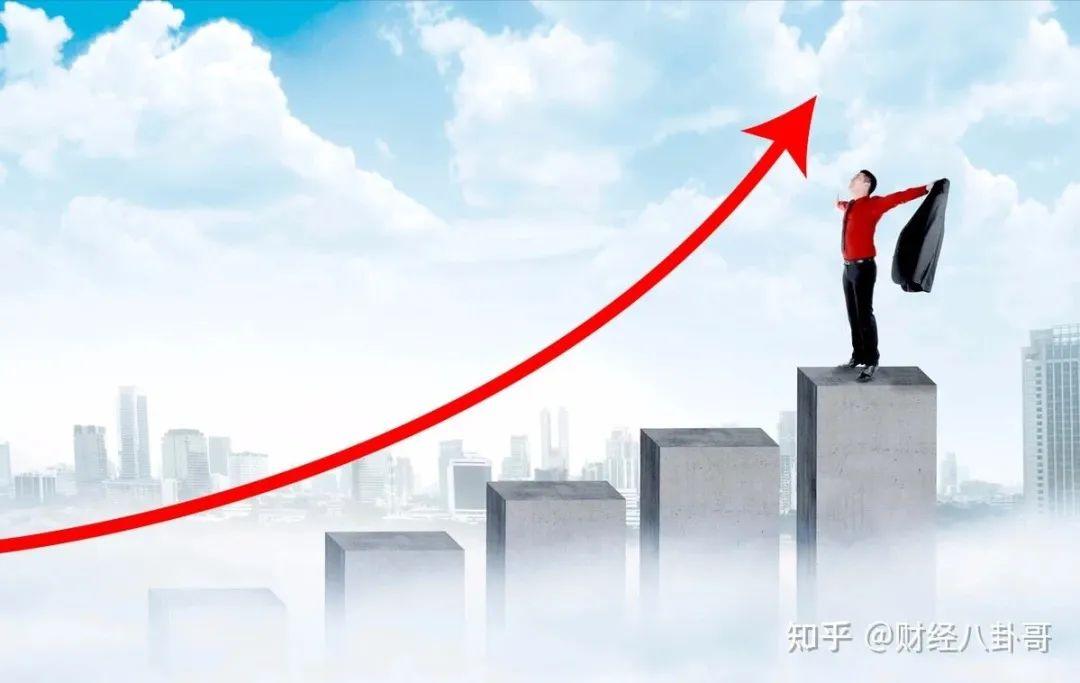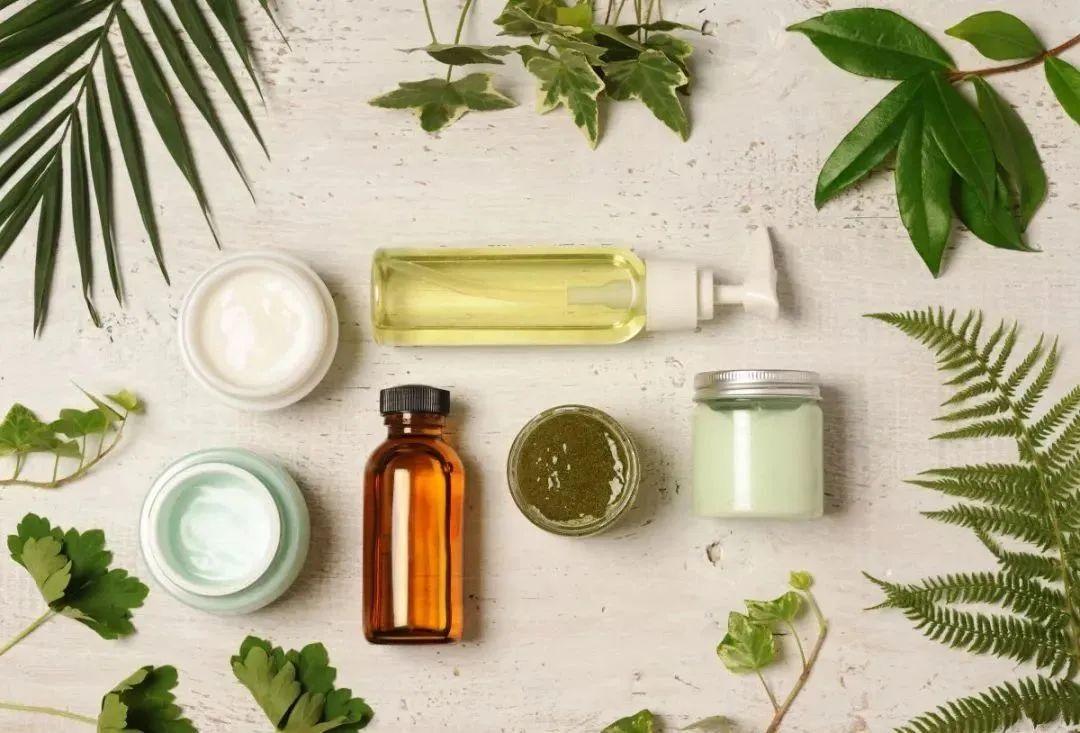Winston Churchill once said, "Never waste a crisis", because there are endless possibilities hidden in the crisis.
With the full opening of epidemic control in the whole country, people’s lives have taken on a new look: they exposed themselves at the first time when they were yang, and exchanged virus strains with their patients. Those who were yang-free or worried everywhere, or suffered from "phantom yang syndrome". When the whole people are talking about the new meanings of Yang Guo, Yang Kang and Wang Zhongyang, and using "Baojuan" and Yang Di to create stalks, the trend of ion ironing in COVID-19 is wildly lifted, and "lying flat" has almost become the first priority in life.
In this process, we saw that pharmaceutical companies made a fortune, and the prices of masks and antigens soared. However, there is another point that can’t be ignored in the isolated economy. Skin care products and masks also ushered in short-term dividends, and the emotional value hidden behind the "face value economy" has been seen by more and more people …
2023 is destined to be a "turning point year". As far as the beauty industry is concerned, what kind of trend will it show?
01
Trend 1: The market scale is advanced to the first cosmetics market in the world.
China has already developed into the second largest cosmetics market in the world after the United States. According to "Blue Book of Cosmetics Industry: China Cosmetics Industry Research Report (2022)", the scale of cosmetics market in China is expected to reach 540 billion yuan in 2025. Thanks to the upgrading of consumption and the large base of cosmetics consumers in China, China will become the largest cosmetics market in the world by then. According to the research and forecast of Goldman Sachs, the scale of China’s cosmetics consumption market has ranked first in the world, and it is estimated that its scale will increase to 145 billion US dollars in 2025, twice that of 2019, with an average compound annual growth rate of 11%.

Previously, due to the repeated epidemic and the pressure on the global environment, the beauty industry was hit hard, but what we can still see is that the beauty consumption market in China has obviously picked up. Under this momentum, the beauty market in 2023 will usher in new development opportunities.
02
Trend 2: Beauty consumption has fully recovered from the demand side and the supply side.
Although the environment is difficult, the demand for beauty consumption has never been muted. In 2023, the overall beauty consumption will show a trend of "first restraining and then promoting". After the national liberalization signal started, the impact of the infection peak made the consumption scene seriously missing, and both online and offline were temporarily paralyzed and stopped. At the same time, the decrease of residents’ income also greatly suppressed people’s consumption confidence and desire. When the epidemic subsides, people’s consumption mentality will be restored for a period of time. It is estimated that by the second half of 2023, the overall economic vitality and beauty consumption will usher in a comprehensive recovery.
It is reported that the total retail sales of consumer goods in China will increase by 11% in 2023, reaching 50 trillion yuan. It can be said that consumption will become the main driving force for GDP growth in 2023, and creating new demand through supply-side structural reform has become the top priority. It is reported that the central government has put the restoration and expansion of consumption in a priority position, and through a series of positive and effective policy combination boxing, it will reverse social expectations and boost market confidence, and beauty consumption will also usher in market dividends.
03
Trend 3: Beauty products continue to "roll efficacy" and "roll research and development"
With the blessing of social media and personal network, it is more and more convenient for people to obtain product information, which also makes consumers more rational in their choices. Many "component parties" are even familiar with the basic formula and efficacy features of products. As a result, the brand pursues the concept of "products are king" and begins to increase its research and development, aiming to compete from the trend of safety, naturalness and efficacy.
As can be seen, the R&D expenditure of international giants is frequently up to 1 billion yuan, and in recent years, China has continuously increased its investment in R&D innovation, such as Estee Lauder, Shiseido, L ‘Oreal, Unilever and Kao. Meanwhile, the investment of local brands in R&D and the number of patents have also increased considerably, especially the R&D ideas from medicine to cosmetics have risen rapidly, such as the rapid development of Huaxi biology, and the technology related to dermatology in the big health track has attracted much attention. Maintaining the micro-ecological balance of skin has also become a new idea for soothing and repairing.
04
Trend 4: Domestic brands may gradually replace international brands.
The strong growth of China market makes international brands fight back crazily. According to the Jost Sullivan report, in 2021, the top five participants in China cosmetics market accounted for 21.9% of the market share, all of which were international cosmetics groups. At the same time, however, the drastic changes in the China market have also led to the departure of Revlon, while the momentum of domestic brands with local genes cannot be underestimated. In 2021, the proportion of domestic products in cosmetics industry in China is 47.2%, compared with 82.4%, 71.7%, 71.6% and 54.1% in South Korea, Western Europe, Japan and the United States, there is still much room for domestic brands in China to grow.
At present, the government’s favorable policies are being actively promoted. Only Shanghai will strive to reach the scale of 300 billion yuan in 2023, and want to build 10 leading enterprises with revenues exceeding 5 billion yuan and have 3-5 leading brands going international; The consumer side is also constantly welcoming new opportunities in the promotion of national pride. It is reported that domestic products are especially favored by young consumers; Brand-end market competitiveness is rising, and companies including Polaiya, Betani, Aimeike, Huaxi Bio and Shangmei have successively succeeded in IPO. By focusing on enhancing the scientific and technological content of products, domestic products are gradually narrowing the gap with international brands. It can be said with certainty that domestic brands will replace international brands in the future.
05
Trend 5: The supply chain side is increasingly inclined to "autonomy" in research and development.
Today’s beauty supply chain has entered an era of highly centralized and efficient operation. It is no exaggeration to say that the brand may only need to spend one day in Guangzhou Meibo City from the selection of raw materials, bottles, packaging to logistics, and the high gross profit margin of 70%-80% or even 90%, the low threshold of starting from 100 small-scale factories and starting from 1000 large-scale factories, has attracted many enterprises to cross the border, and many unknown brands have even already obtained financing.

However, the more intense the competition, the more likely it is for enterprises with real strength to break through in the long run. It can be seen that the establishment of exclusive raw materials such as Bose, Schizoyeast and Pitera has made L ‘Oré al, Estee Lauder, SK-II and other brands build technological barriers, so domestic products have made efforts in basic research for patented raw material formulas. Hua Xizi poached Li Huiliang, Polaiya introduced Wei Xiaolan, Huanya invited Pan Zhi, and major chief scientists were snapped up by enterprises. At the same time, the problem of raw materials "getting stuck in the neck" is becoming more and more serious. At present, almost all raw materials in cosmetics manufacturing warehouses are imported, and surfactants, emulsifiers and thickeners are imported. Therefore, many people in the industry call for independent research and development of domestic raw materials to be put on the agenda.
06
Trend 6: Brand marketing needs to pay more attention to emotional value output.
There are many people entering the beauty market, low-end products are caught in a price war, and the consumption upgrading trend of rational consumers is becoming more and more obvious. It is worth mentioning that the boosting effect of emotional value behind the "Yan-value economy" has become increasingly prominent. In the past, people mostly consumed in kind, while products solved the substantive needs of consumers. With the continuous growth of the middle class, more and more consumers began to pursue the enjoyment of spiritual culture and service level, which is the strong added value that brands want to pursue.
On the premise of improving product quality, the brand’s marketing focus began to focus on people’s yearning for a better life, creating new demands from the dimensions of innovation, personalization, differentiation and diversification, and sprouting new consumption growth points, which is also the password for the brand to develop to the high end or broaden the long tail market. The responsibility of sustainable development is not only borne by consumers, but also requires companies to take more practical actions to alleviate climate change and other issues.
07
Trend 7: Channel scenarios call for online and offline integration.
For beauty brands, the grasp of channel resources is also particularly important. At present, the traditional channels are still dominated by international brands, but the emergence of THE COLORIST colorist, Plum Blossom, etc. has not only opened up new possibilities for offline beauty retailers, but also opened a fast channel for the development of new brands. In addition, due to the lack of offline scenes during the epidemic period, offline consumption has gradually shifted to online, especially "online live broadcast" has become a life raft for many brands and stores.
Nowadays, more and more brands and channel providers realize that the two-way collaborative mode of online plus e-commerce, social media marketing and offline enhanced experience service will be the general trend. The production of online grass planting content catalyzes consumers’ demands for skin care, and also forms an itch demand for mastering makeup artist. The strong experience and quick advantage of offline is the key to accurately identify the pain points of consumption immediately and realize the physical expansion of beauty consumption happiness.
08
Trend 8: Tighter supervision and sustainable concept help the benign development of the industry.
The introduction of new regulations on cosmetics has made the industry threshold constantly improve, such as the implementation of raw material registration and filing system, the submission of raw material safety information, the extension of supervision scope to the upstream, and the encouragement of raw material innovation; At the foundry level, the person in charge of quality and safety is set up to strengthen the management of the whole production process, and at the same time, the main responsibility is further clarified, the compliance cost is increased, and the binding relationship between the foundry and the brand end is deep; For the brand side, the efficacy evaluation requirements were implemented, which increased the compliance cost of enterprises, extended the new cycle and raised the filing threshold.

For consumers, the sustainability of beauty cosmetics has become more tangible. Whether it is the popularity of pure beauty cosmetics, the degradable or reusable packaging materials, or the practice of corporate social responsibility, it is becoming one of the important indicators for consumers to choose brands, and it is also a key link to enhance brand and product loyalty.
Summary: The real post-epidemic era has arrived. With the optimization and adjustment of epidemic prevention measures in various places, the social panic and discrimination against Covid-19 have been greatly reduced. But objectively speaking, there are still many people who have certain cognitive inertia, so they should do a good job in psychological construction when they see the "two bars" on antigens.
Perhaps at this stage, beauty companies are still "doing their best, listening to destiny", but this does not mean "putting it down". While tightening the string of epidemic prevention, the beauty industry is looking forward to a more orderly development atmosphere and consumption environment. In your opinion, what trends will the beauty industry show? Welcome to add ~
关于作者